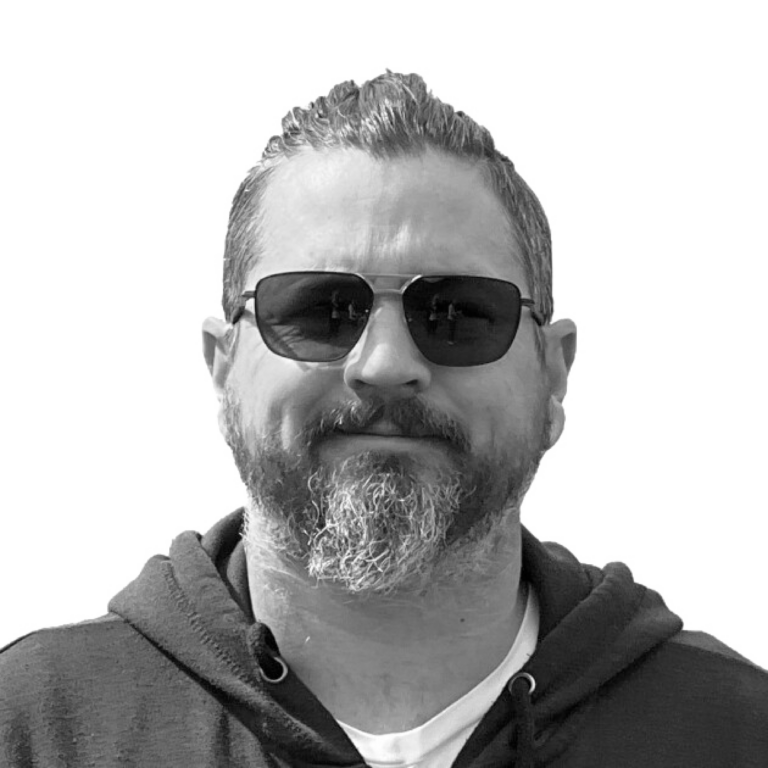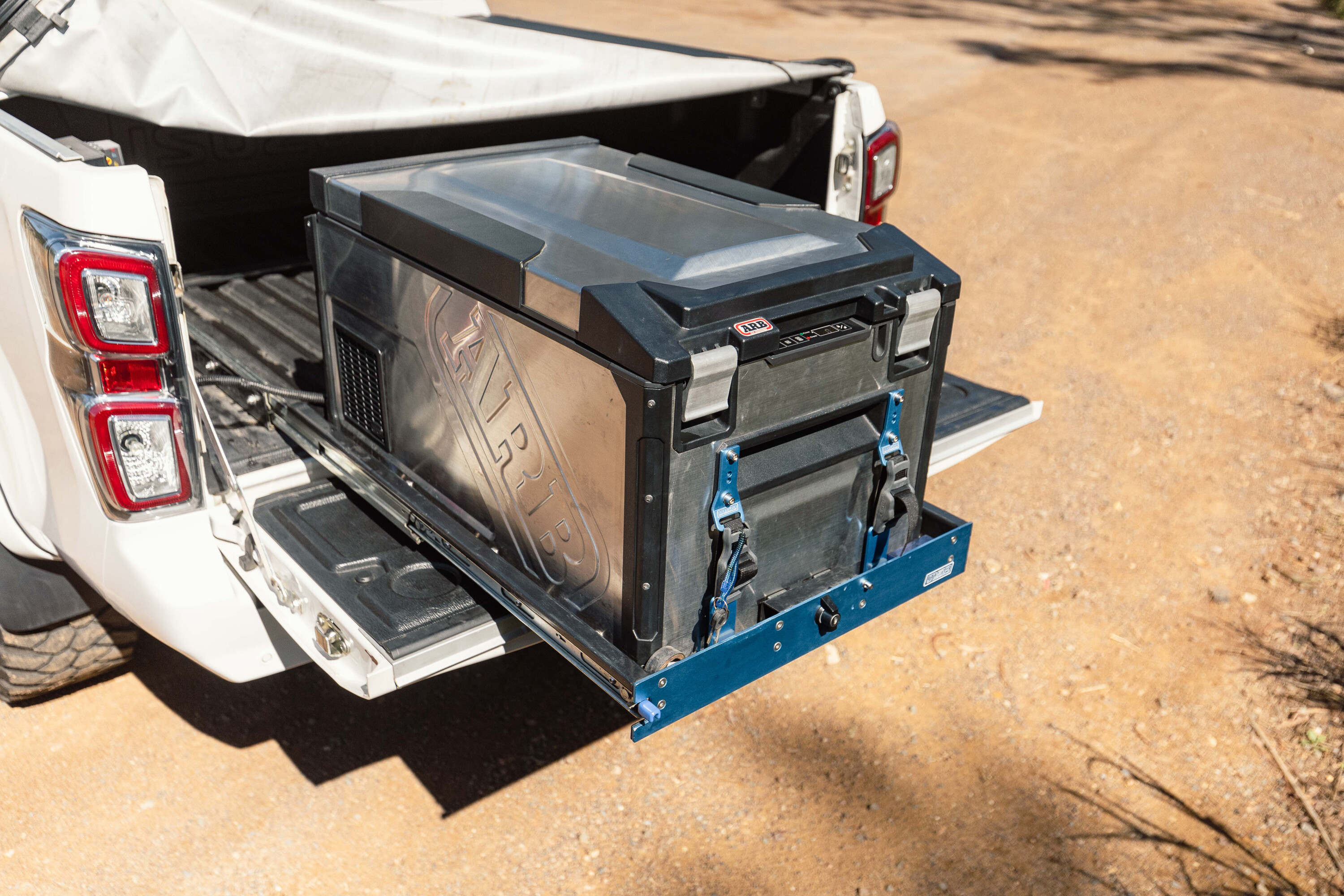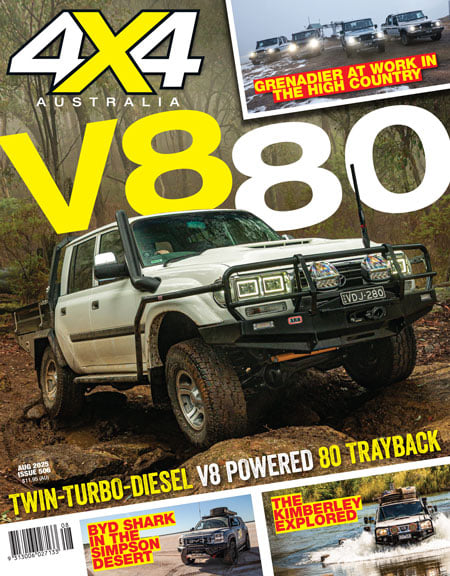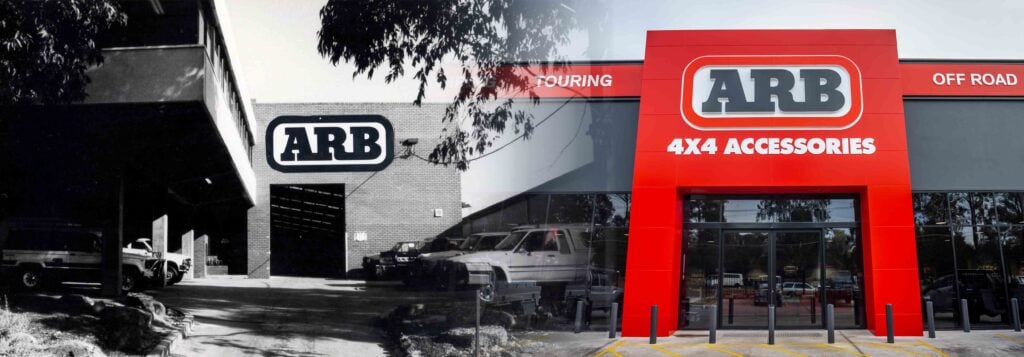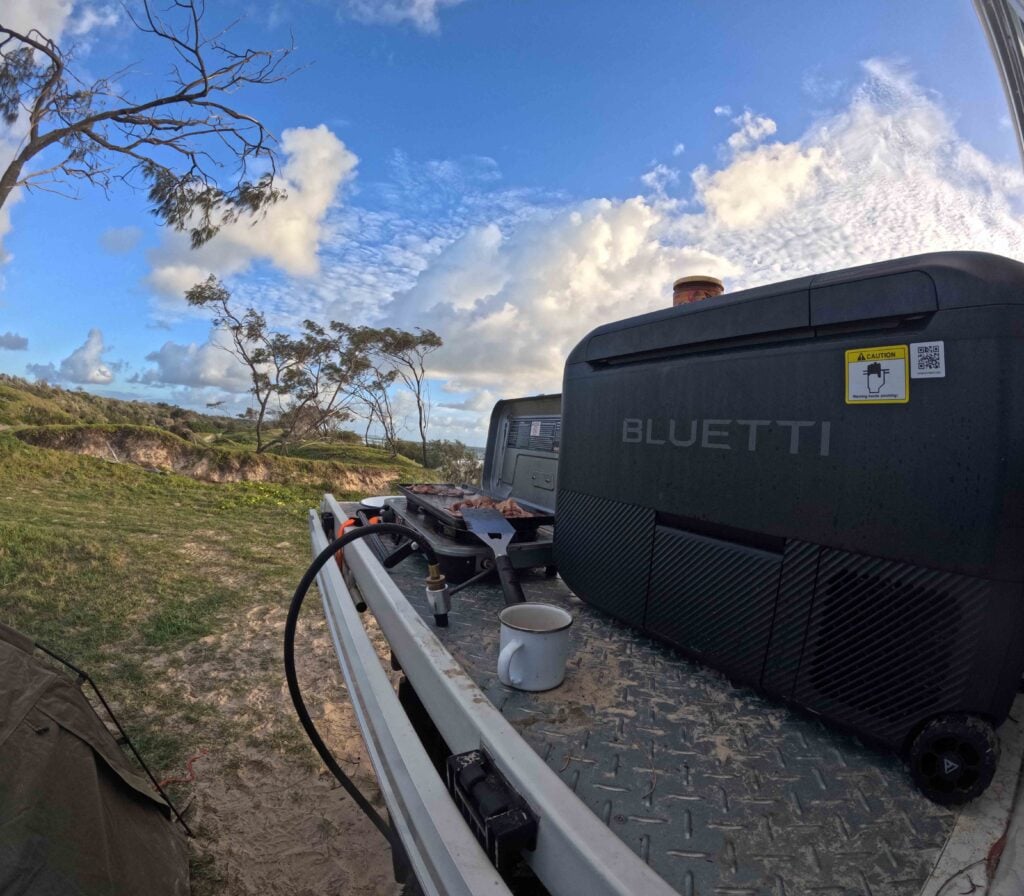A couple of decades ago camping was not nearly as optioned up as it is today.
Rooftop tents were the province of the hardcore tourer, a pair of spotlights on your steel bullbar meant you were fair dinkum about off-road travel, and aggressive tyres and a winch let everyone know that you were legit about exploring remote locations.
Even back then though, most folks ran a second battery – not for the same reasons we do today such as LED lighting, coffee machines and electric blankets – solely for the fridge. Yep, almost from the get-go, having a 12v fridge onboard meant you were ready to head off-road for an extended period of time.
JUMP AHEAD
Portable fridges are arguably the most essential and convenient accessory money can buy.
They allow for food to be kept almost as long as you need it, provide storage for fresh meats and produce, and let’s not overlook the feeling of cracking a cold one during summer at your favourite beach camp. Yep, 12V fridges allow such memories to be made.
Just like the rest of our camping gear, the humble Esky with a compressor has been updated, too. Where you once had to choose between a 12v compressor fridge or a three-way (which weren’t really suited for off-roading), you now have multiple options, and to be honest, none of them are bad. Good problems to have, sure, but it does add a layer of complexity to your purchase decision when it comes time to buy your next beer-storage box.
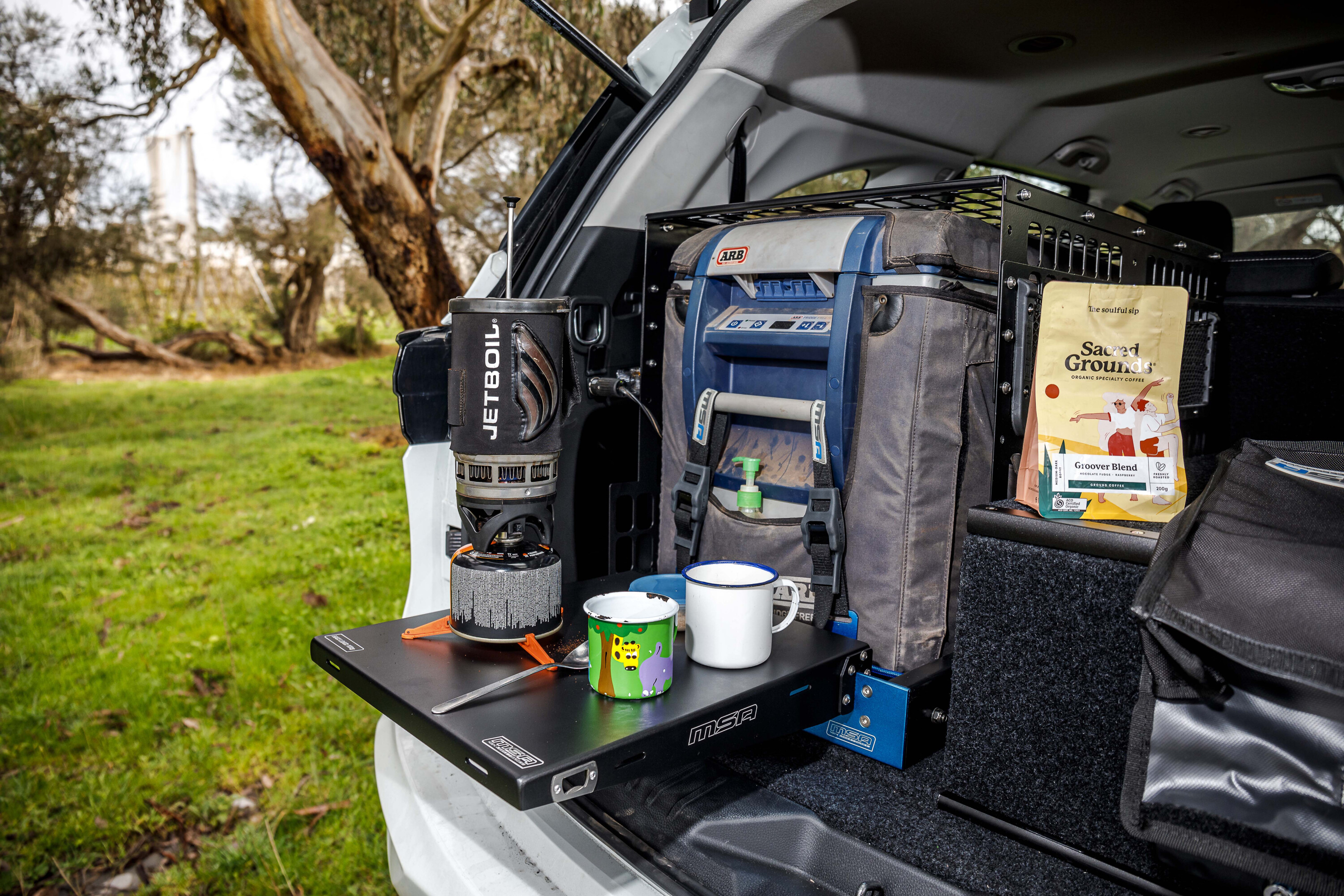
If you’ve ever been around gas-powered vehicles or machinery, you’ll probably know that when the LPG is drained quickly from the tank it gets really cold.
Same if you’re filling your LPG-powered vehicle up at the servo and the filler nozzle gets icier than Sir Edmund Hillary. That same heat transfer principle is used in your fridge.
A 12v-driven compressor does what its name says and compresses a gas refrigerant, which heats it up. This gas is then circulated through the coils (external to the fridge compartment) which cools it down, turning it into a (now cold) liquid. This liquid is circulated through the coils inside the fridge, as the pressure lowers, the liquid evaporates into a gas again and cools the internal compartment – just like our LPG tank. The gas charge arrives back at the compressor ready to start its cycle over.

Essentially, the gas sucks hot air out of the fridge’s internal compartment and releases it into the external atmosphere via the coils.
Now, without getting too deep into thermal dynamics, heat transfer properties and other stuff nerds talk about during dork lunch, the trick to minimising the power draw on your fridge comes down to (broadly speaking) two key things: keeping it out of direct sunlight so the ambient temps are as low as they practically can be, and keeping it full.
Yep, a full fridge is a happy fridge. Less internal air to cool (displaced by food and drinks) means it doesn’t have to work as hard to keep things cold. It’s considered good fridge-keeping to minimise door openings and to replace anything you remove while the door’s open. Realistically, the science behind running your fridge optimally is a whole another article, so let’s get back on track and take a look at your fridge options.
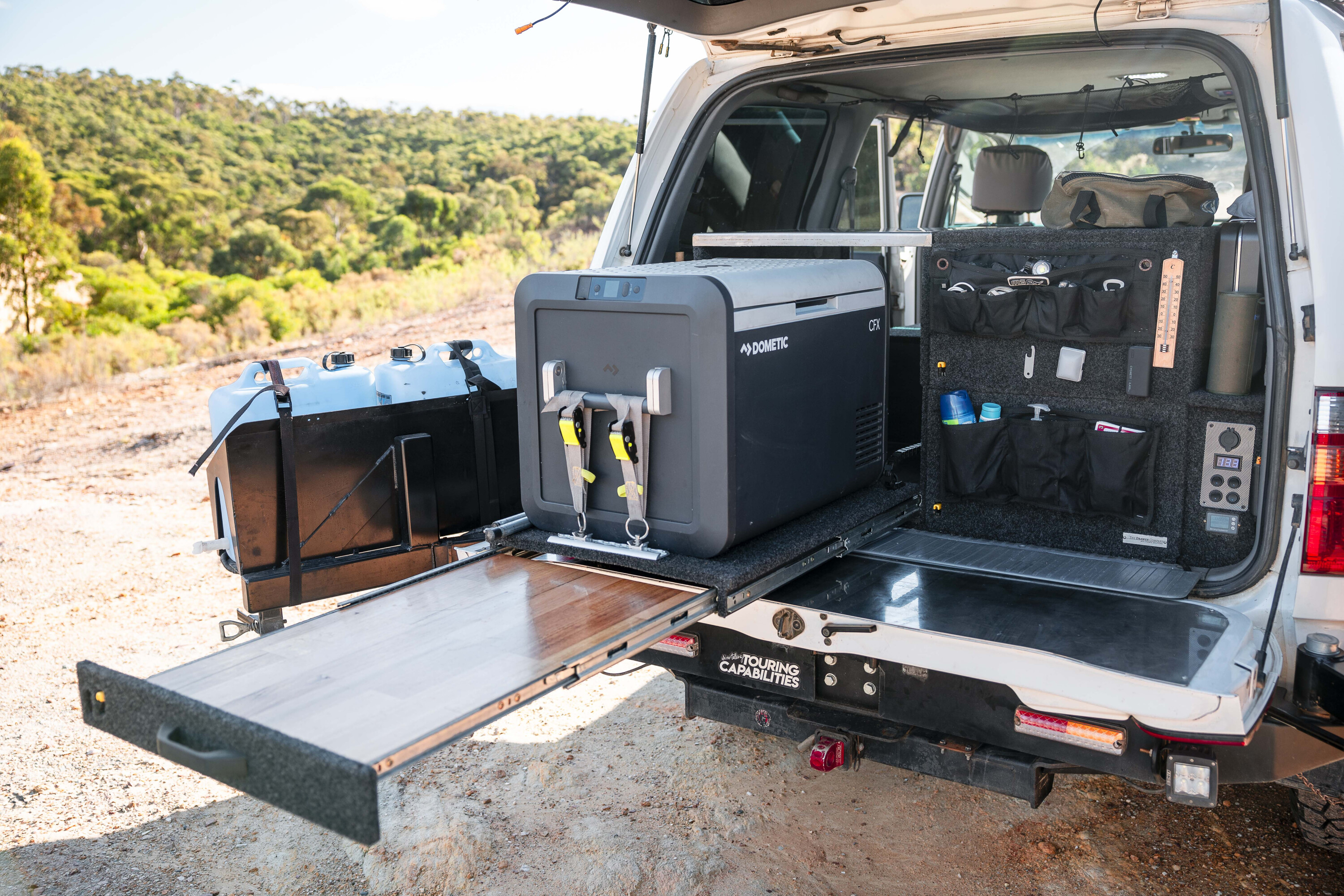
Chest fridges
The original portable fridge, and arguably still the most versatile.
Able to be stored pretty much anywhere they’ll fit (including out in the elements on a ute’s tray), chest fridges also keep the cold in by their design (cold air is heavy air, it can’t really escape when you open a chest fridge) and have been a mainstay for campers for years.
With some packing features like dual-zones, which allow you to run half the fridge as a freezer and the other half as a cooler, chest fridges are the one-size-fits-all option for pretty much any 4×4.
Advantages
- Can be mounted pretty much anywhere
- Do not let cold air escape
- Come in any size you need
Disadvantages
- Often need a fridge slide for easy access, which is extra weight and cost
- Contents can become disorganised when driving over rough terrain
| Case study: Dometic CFX3 55 | |
|---|---|
| Size | 55L |
| Dimensions | 455x480x720mm |
| Weight | 21.2kg |
| Power draw | 1.1Ah per hour (internal @ 4u00b0C; ambient @ 32u00b0C) |
| Price | $1409 |
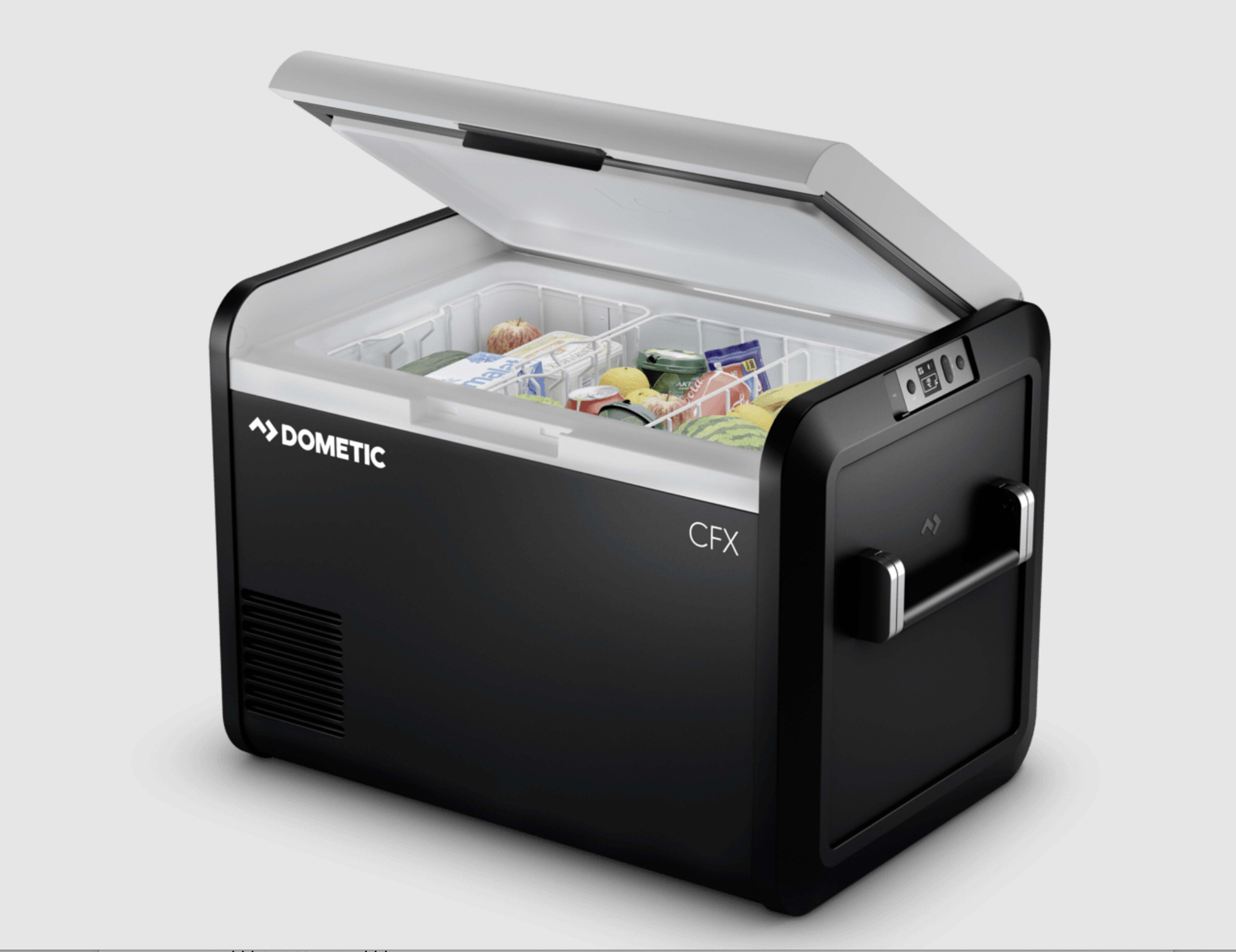
Upright fridges
Comparatively new on the scene, uprights have exploded in popularity in recent times, mainly because they keep everything organised inside and offer unmatched accessibility.
Just like the fridge at home, open the door and everything is right there, easily reached. No more having to dig under 35 cans of lolly water to find those snags you’re planning on eating out of that loaf of white bread from the servo.
Uprights do have the perceived disadvantage of the cold air “falling out” every time you open the door, but this is largely offset by keeping them full and their relatively quick cooling times. They are, however, not suited for external mounting, which leaves them for wagons or utes with canopies only. If that’s you, though, they’ll change your life.

Advantages
- Theyu2019re lighter and donu2019t require a heavy fridge slide making them cheaper overall
- Ultra-easy access to everything
- Increased power efficiency
Disadvantages
- Not able to be mounted to every vehicle
- Cold air drops out when door is opened (negligible, but stillu2026 )
| Case study: Bushman DC85-X | |
|---|---|
| Size | 85L |
| Dimensions | 550x475x625mm |
| Weight | 26.2kg |
| Power draw | 1.25Ah per hour (internal @ 4u00b0C; ambient @ 25u00b0C) |
| Price | $1495 |

Drawer fridges
The new kid on the block, drawer fridges may not seem like the best option at first glance, but they’re becoming increasingly popular for a variety of reasons.
Yes, they’re typically smaller than a chest or upright fridge, but a lot of folks have learned they simply don’t need 80L or more of fridge when all they’re doing is taking a couple nights of food and drinks away with them.
Conversely, a bunch of seasoned travellers are also fitting them up as a dedicated freezer or drinks-only unit. Regardless, the ease of fitment, either in a drawer set-up or standalone (or some even build custom mounts under seats) and the ease of access are the two big drawcards, but while they may not be the greatest thing for an extended trip, they’re quickly gaining popularity among solo travellers and couples as a space-efficient and wallet-friendly alternative.
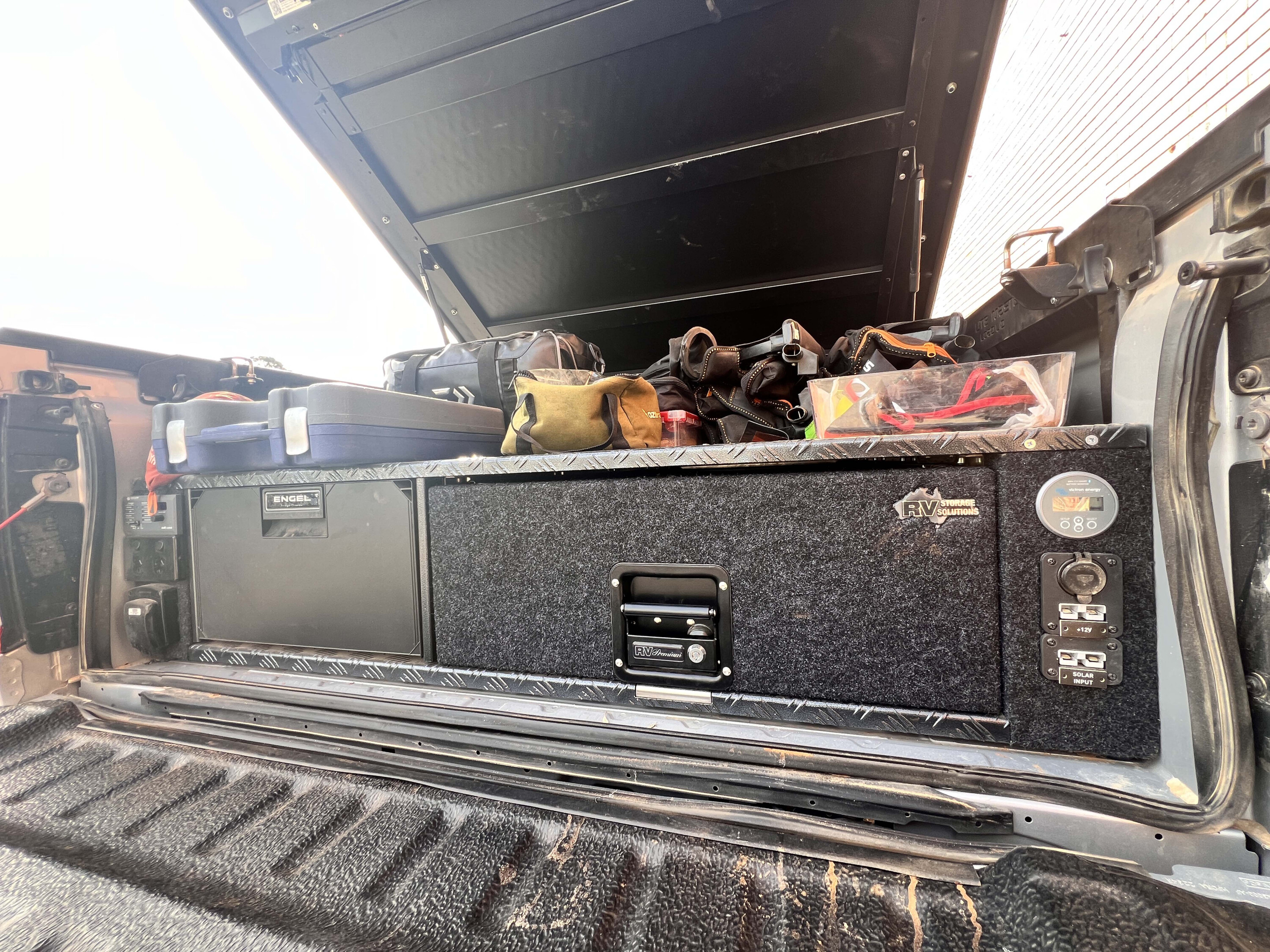
Advantages
- Easy accessibility and often cheaper
- Low power draw
- Donu2019t take up cargo space when fitted in place of a drawer
Disadvantages
- Not much vertical room (milk bottles wonu2019t stand up etc.)
- Generally smaller in size than a chest or upright (although not necessarily a negative)
| Case study: Engel drawer fridge | |
|---|---|
| Size | 30L |
| Dimensions | 250x440x716mm |
| Weight | 21.5kg |
| Power draw | 3.4Ah per hour (internal @ 4u00b0C; ambient @ 25u00b0C) |
| Price | $989 |
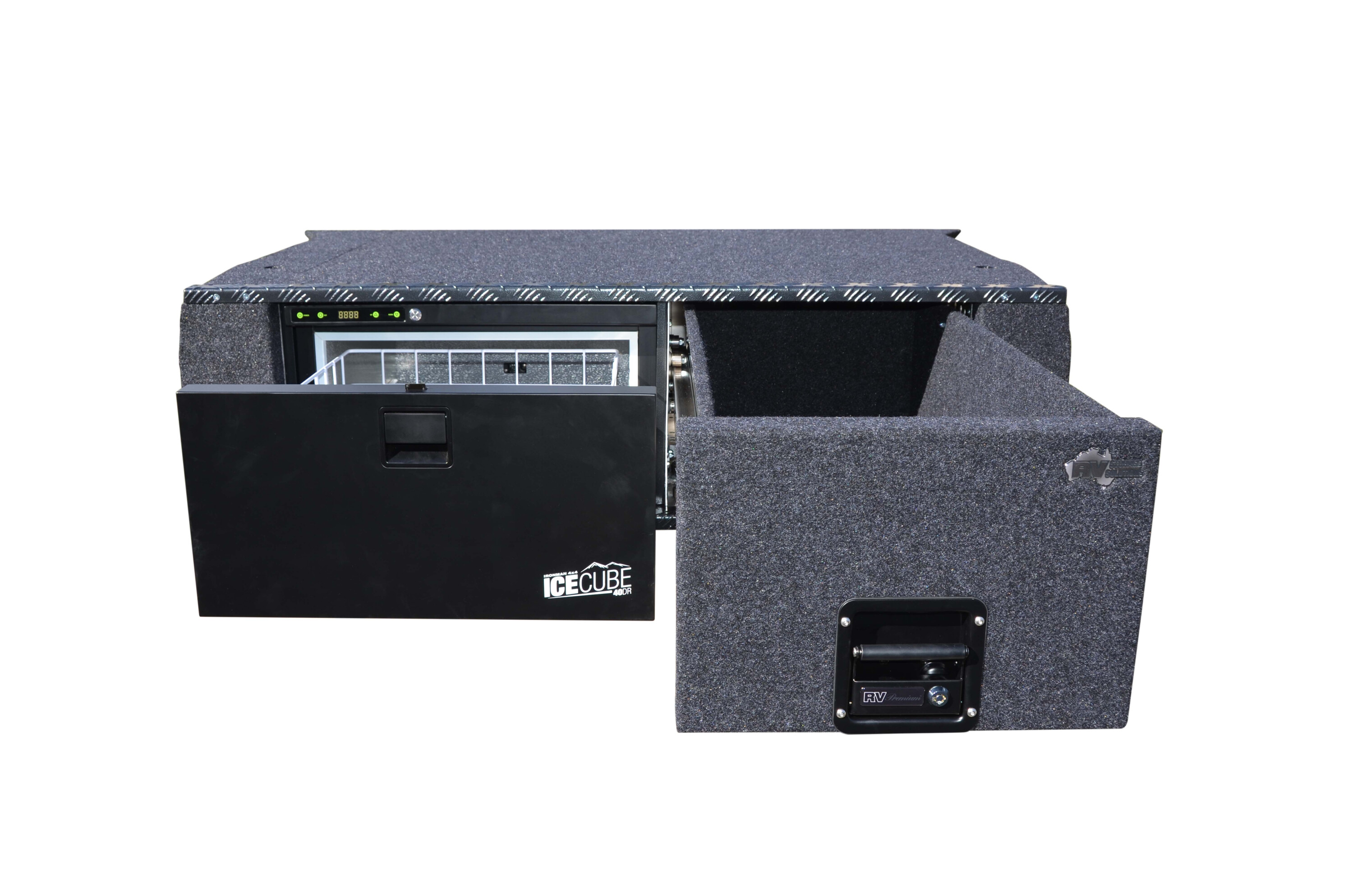
The right choice
There’s no really wrong choice here, it’s more about whittling the options down to suit your vehicle and your needs. Got a tray-back that gets the swags and surfboards chucked on twice a year for the run up to Double Island?
Grab yourself a chest fridge and drop-slide. Got a decked-out camping canopy and roof-topper that regularly sees a few weeks in the bush at a time? Right this way to the uprights, sir/madam. Got a Sierra that’s tight on space that’s your commuter-turned-camping-bus over the long weekend? A drawer fridge is calling your name, pal.
Whatever you end up with, just remember to take the leftover meat out once you’re back home before it gets thrown in the corner in the shed for a few weeks. The clean-up job is heinous, and the smell is the gift that keeps on giving. Don’t ask us how we know.
We recommend
-
 Gear
GearNew 4x4 product: Ridge 4x4 fridge slides
This range of fridge slides has plenty to offer, at a great price
-
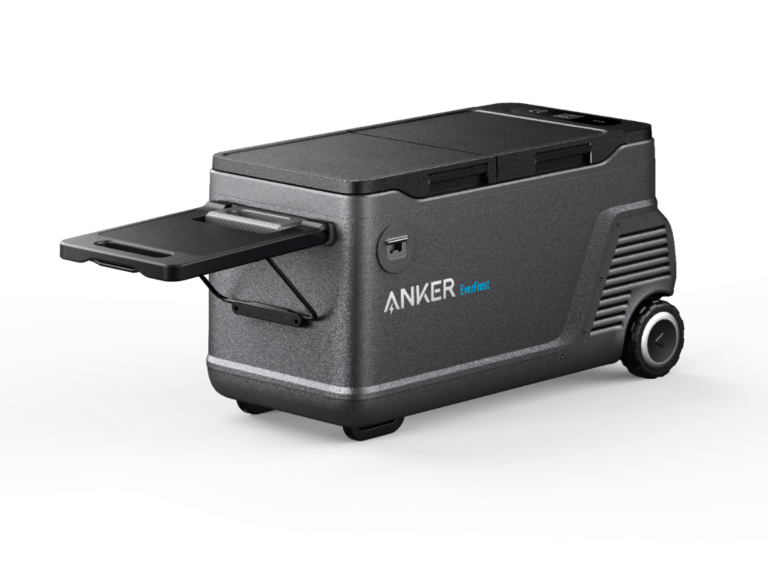 Gear
GearAnker launches new range of Everfrost fridges
Get ready for summer with the coolest range of fridges from Anker
-
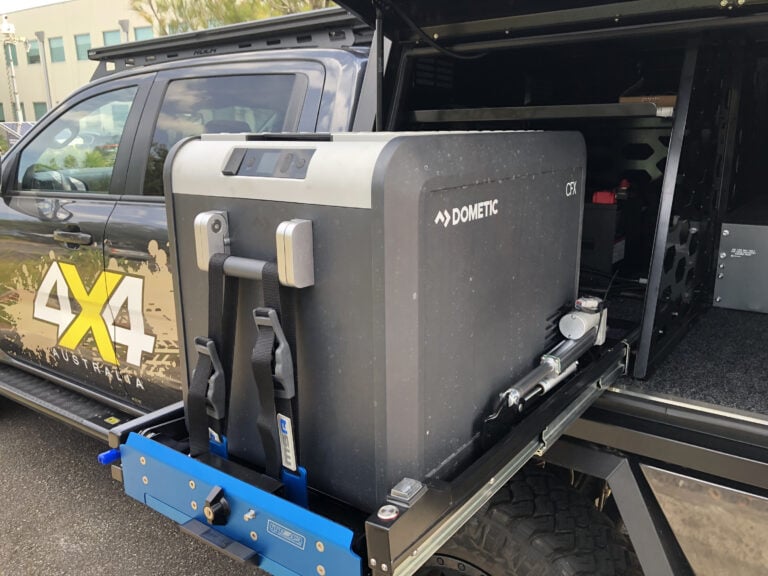 Gear
Gear2023 Ford Ranger build: Dometic CFX3 45 fridge/freezer
A CFX3 45 fridge from Dometic will supply all of our cooling needs in the back of the Ranger

